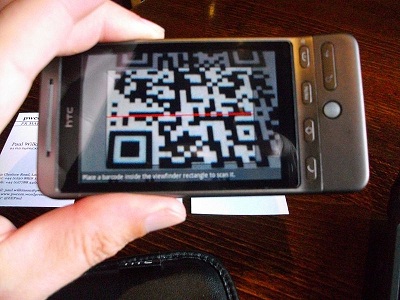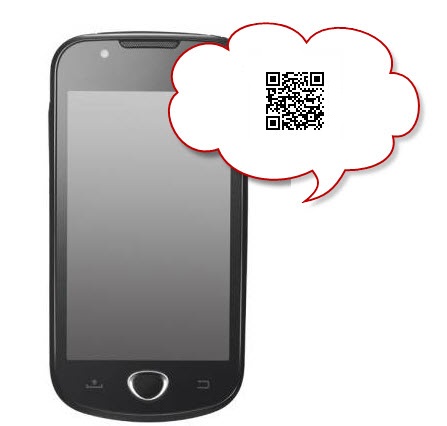 QR codes seeing rampant use that may soon render them useless
QR codes seeing rampant use that may soon render them useless
QR codes are popular in marketing and widely used around the world. The codes have proven useful in engaging mobile consumers in a dynamic way, allowing marketing campaigns to target people that have a history of being difficult to engage. QR codes saw early success when they first began seeing widespread use in the mid-1990’s, and now companies eager to appeal to mobile consumers are using the codes as much as possible. Without a clear strategy, the value and impact of QR codes has begun to diminish and many consumers are now wary of the codes and avoiding them entirely.
Poor experiences generate consumer fatigue
Poor execution has created consumer fatigue where QR codes are concerning. Spire Research, a market analysis firm, notes that QR codes are now only used by a minority of consumers that are exposed to them. Leon Perera, CEO of Spire Research, claims that QR codes have established a foothold in the print industry because they are considered examples that a magazine, newspaper, or other publication has adopted a more tech-savvy stance, not because they are being widely used.
Augmented reality and NFC technology may be more effective than QR codes
QR codes are coming under threat from other interactive technologies that may be more effective marketing and commerce tools. Augmented reality, for example, has proven popular among advertisers that want to provide consumers with dynamic digital content. In terms of mobile commerce, NFC technology is king. QR codes have been used in past mobile commerce initiatives, and are still considered an effective way to sell products to mobile consumers, but NFC technology is more capable in this realm than the codes.
ScanLife sees problems with widespread QR code usage
Mike Wehrs, CEO of ScanLife, a mobile engagement firm renowned for its use of QR codes, claims that the abundance of QR codes may actually be their downfall. Because so many companies make use of the codes without ensuring they provide quality experiences to consumers, many people are being put off by poor execution. Wehrs notes “just because you can place a code on something, doesn’t mean you should.”

 ScanLife introduces language detecting QR codes
ScanLife introduces language detecting QR codes